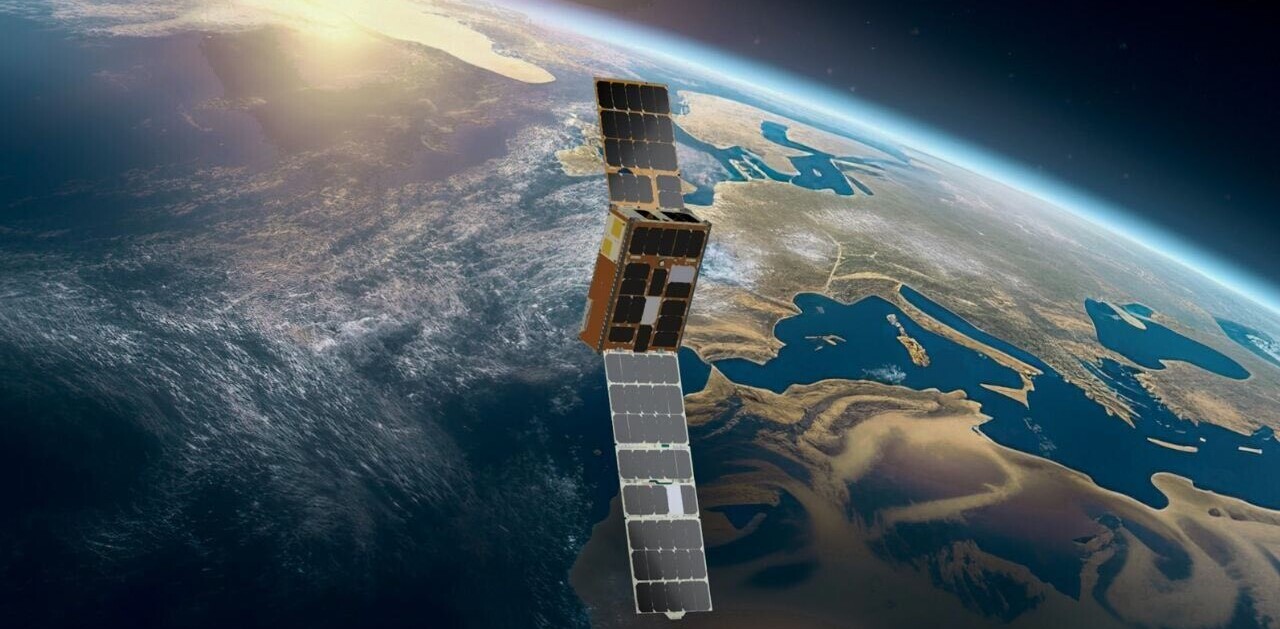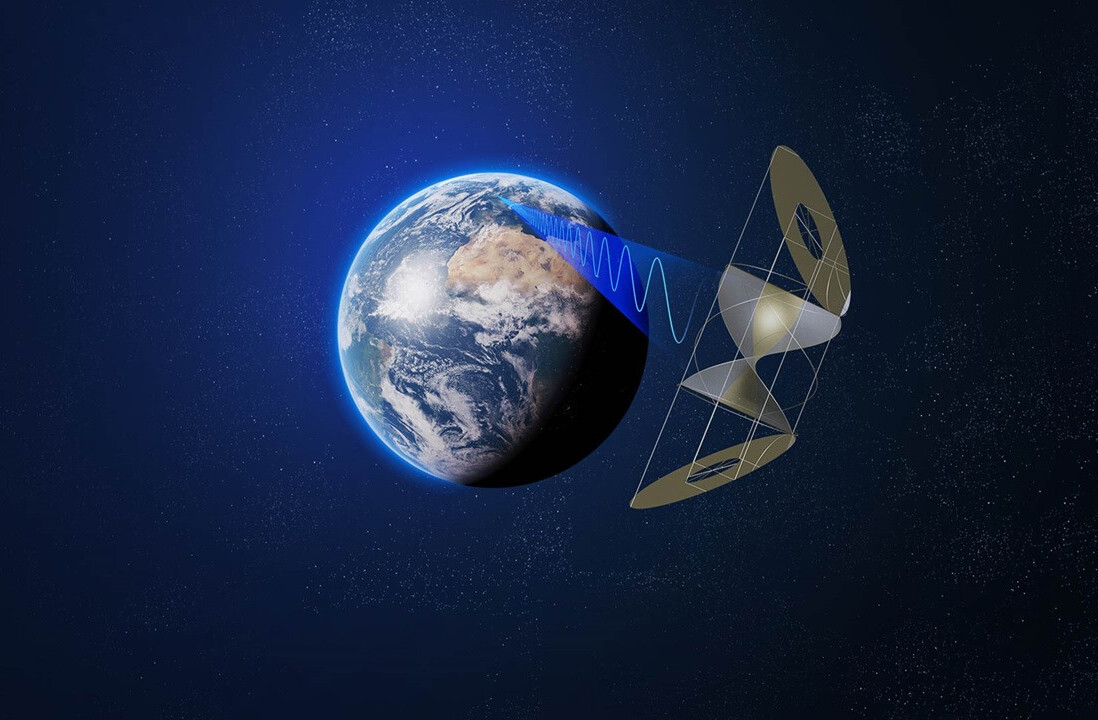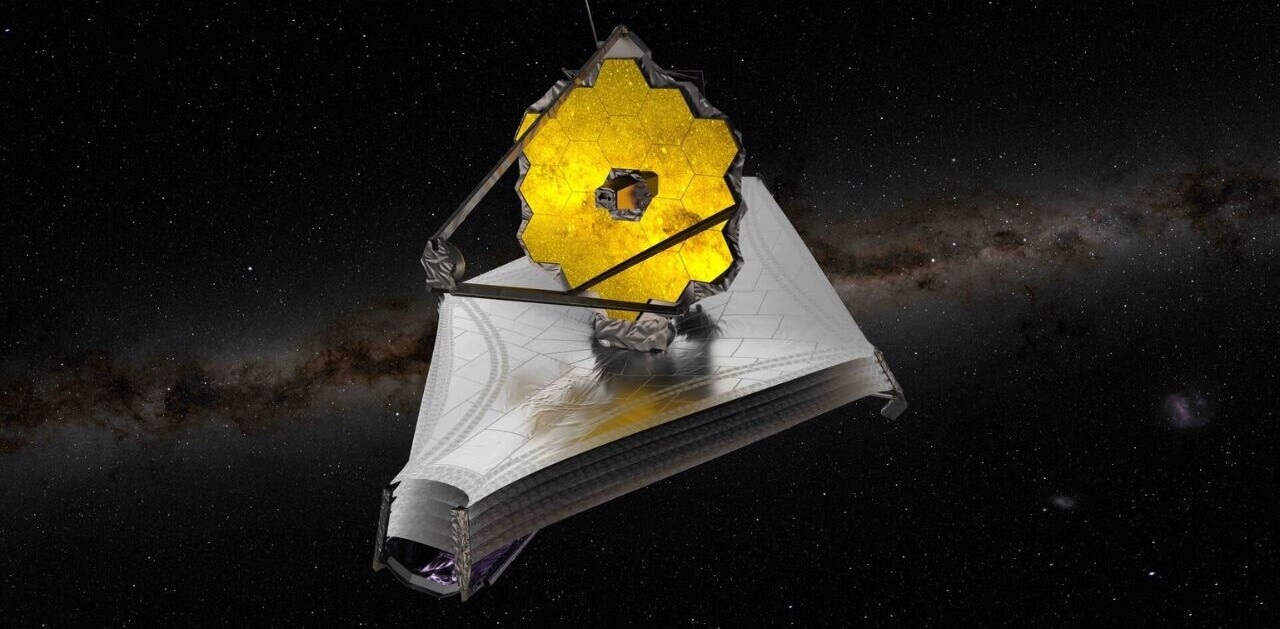
The European space industry is booming. Yet despite the boom, the industry is struggling to find commercial buyers for arguably its most valuable output: data.
At the Living Planet Symposium 2025 in Vienna, the European Space Agency (ESA) and private sector leaders laid out Europe’s bold space ambitions and called for increased cooperation to address deep commercial gaps. Josef Aschbacher, ESA’s director general, highlighted one key focus.
“Earth observation within the European Space Agency is a major priority,” he said.
ESA has had recent successful missions. Its miniature satellite Φsat-2, for example, has started transmitting high-definition images back to Earth and will support wildfire, earthquake, and flood disaster management. The satellite can also be used to detect ships, gather data on illegal fishing, and monitor marine pollution.
However, for European startups looking to develop innovative new services from space, the industry can feel like a siloed bubble. Daniel Smith, Trade and Investment Envoy for Space for the Scottish Government and founder of AstroAgency, warned there are major fractures between the different players.
He pointed to the disconnect between launchers, upstream and downstream space companies, and European businesses that’s preventing them from benefiting from space data.
“There’s still a lot of work to be done, because these companies are still struggling to commercialise,” Smith told TNW. “They’re still struggling to sell that data to other sectors. Because the space sector doesn’t want to buy the data.”
Getting the message right
This year, ESA began operations with a budget of €7.68bn (about $7.91bn). This represents a 1.4% decrease in funds from 2024, and is dwarfed by NASA’s $25.4bn allocation for 2025. It also fails to compete with the estimated budget of the China National Space Administration (CNSA).
To fill the budget gaps, maintain a competitive edge in space, and meet its ambitions, ESA has turned to the private sector. It aims to become a leader in Earth observation services, but can only get there by engaging with the local private sector, which, according to Smith, is out of the loop on uses for space technology.
This could be a big problem. If European companies do not create solid demand for space tech services, the entire industry will be put at risk. This includes spaceports, satellite manufacturers, and rocket makers.
“I’m seeing Earth observation companies going out of business, some of which are more than 10 years old, and they’re closing down because they can’t commercialise,” said Smith.
While government organisations like ESA offer grants and incentive programs, the applicants often don’t focus on monetisation and commercialisation, Smith added.
That leaves them missing out on big opportunities. Earth observation primarily utilises data from low-Earth obit (LEO) satellites, which have extensive use cases.
LEO is already well-established in weather prediction and climate change applications. Sectors like agriculture, energy, infrastructure, logistics, maritime, and finance are also applying the satellite data to drive real-world impact. Adoption depends largely on leadership vision and data capability.
Innovative use cases continue to emerge. For example, Scottish tech company Space Intelligence uses satellite data to create trust in the carbon offset financial market. The key to unlocking Earth observation’s potential, according to Smith, is reframing how we think about the tech:
“Space technology is ultimately about Earth, not about space.”
Selling space data
The space industry is typically divided into upstream and downstream sectors. Upstream covers everything from manufacturing to launch, including rockets, spaceports, and satellite operations. Downstream services, meanwhile, offer ready-to-use space data for private companies.
Downstream space data providers — driven by software developers and coding experts — retrieve satellite data, analyse it, and make it accessible for private companies.
The data they collect in LEO orbits can be immensely valuable. It could drive the European space industry and advance the development of its spaceports, rocket launchers, and satellite companies. Currently, however, commercialising the data is challenging.
As Smith explained, many space companies are struggling to sell their Earth observation data to other sectors.
“The space sector and rocket companies don’t want to buy the data,” said Smith. “They want to enable the data, they want to launch the satellites, so it’s still a big gap.”
The reasons why European companies do not use space data in their operations are diverse. They include a lack of understanding of use cases, stigmas associated with space — such as slow and expensive processes — and the industry’s failure to open up and clearly communicate its value to potential private partners.
Where startups can start
European companies considering Earth observation data for new ventures need to focus on downstream space services, Smith said.
Spire provides a positive example. The company operates a vast constellation network of affordable nano-satellites that operate in LEO, where they collect rich, granular data.
The data has supported a variety of use cases. These include greenhouse gas emissions monitoring, IoT system optimisation in manufacturing, natural disaster monitoring, and maritime data analytics for commodity traders.
Spire breaks apart the upstream-downstream business model by taking a holistic approach to the entire space data supply chain. The company has manufactured and launched more than 200 satellites, building them in Europe and launching them from spaceports around the world.
“They focus very much on constellations to provide [continual] coverage,” Smith said. “They build the satellites for customers, but they build them for themselves as well, and then they sell their data that comes from their satellites,” he added.
Spire is not the only company providing innovative downstream services in Europe. Other examples include Catalyst, which recently signed ESA’s “Statement for a Responsible Space Sector,” and Hydrosat, which specialises in water, irrigation, and crop management solutions.
Hydrosat’s latest satellite launched in June. It aims to advance the use of thermal satellite data and AI for food production, security, and natural resource management.
Powerful use cases are also emerging in critical infrastructure and resource management. Forestry services, for example, are using space data from downstream providers to transform processes that were previously done manually. Tasks like inspecting and measuring forest health, size, and volume, or assessing dams and pipes are now supported by satellites.
Traditional, manual approaches to these tasks can be dangerous, time-consuming, and expensive. Today, they can be streamlined and enhanced with space data from LEO satellites equipped with various sensors, including radio frequency, radar, high-definition cameras, and infrared.
Companies also merge the LEO Earth observations data with IoT or ground-based sensor information. “It’s never just space data,” Smith said.
The bottom line
European companies don’t necessarily need to build their own satellites to benefit from space data. Many providers already operate extensive constellations offering rich, actionable insights. Startups and enterprises alike can reap the benefits.
The growth and impact of Earth observation will hinge on a stronger push from European companies to harness this wealth of space-derived data. As Smith told us, “Satellites are already up there, and they’re going up there more and more. We need people to use them.”
Get the TNW newsletter
Get the most important tech news in your inbox each week.




